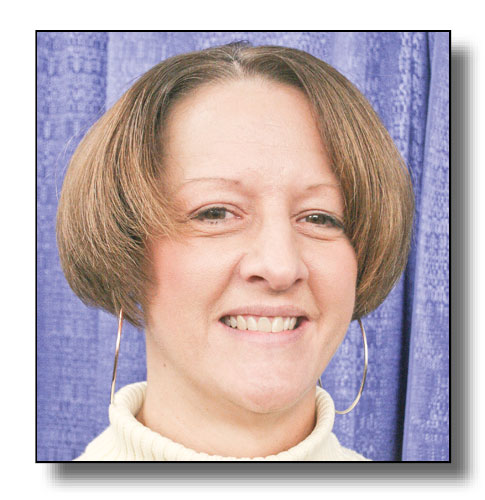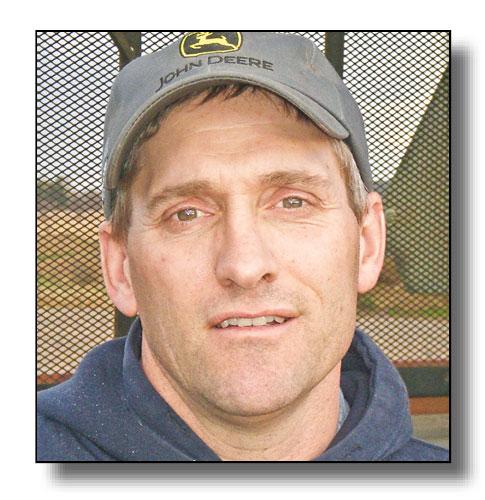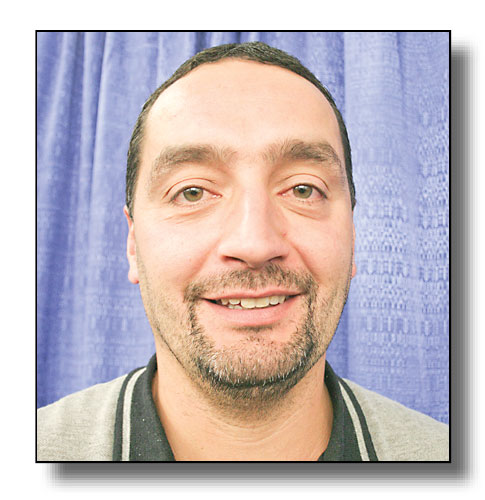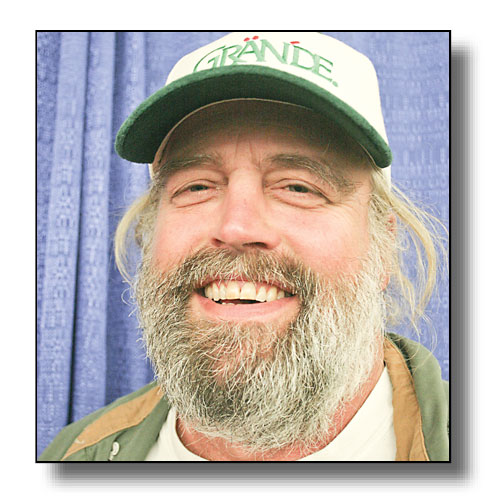In the past we have paid a lot of attention to the soil nutrients. And that has paid off over time, with improved crop yields.
We entered an alfalfa-grass mix. The alfalfa was a high-quality variety that had organic seed available and the orchardgrass we selected has a maturity that matches the growth of the alfalfa. The idea was to be able to cut at peak quality for both.
We have a tedder mounted on the tractor that we use to spread the windrow for rapid drying. This improves the quality of the forage. We have specific organic customers looking for the higher levels of sugars this can provide.
We produce a very dense bale. It’s not only the production – you have to put it up right. The denser the baleage, the less air, so the less anaerobic digestion in the ensiling process.”
Diane, John and Bryan Pounder
Delavan, Wisconsin
Grand Champion Forage Producer

“To start with, you have to choose a good corn silage hybrid. For us, in the past we’ve had trouble maintaining the moisture in the crop until our custom harvester can get to us, so we chose a longer-maturing variety. Another key is a high fertility soil and one high in organic matter. That was one of the reasons our entry this year did so well – it held the moisture all year for us.
The fertilizer we applied was a little bit of everything. We had 10,000 gallons to the acre of dairy cow manure applied in a fall application. That was followed with a liquid starter application in the spring. We had a split application of nitrogen – 60 units initially with the herbicide and then dropped on another 60 units when the corn was about knee-high. We were fortunate to have key rains right after those applications, as well.”
Tony Pecha – D & D Farms Inc
Bloomer, Wisconsin
Grand Champion First-Time Entrant

“I usually look at a second-year alfalfa field. You get your best forage quality out of a second-year stand versus a third- or fourth-year field. It’s an established stand and just tends to have higher quality overall.
Weather plays a big role for good drying – if the weather’s not on your side, you’re not going to do as well. We try every year to do things better and better, but weather can still influence the outcome no matter what else you do.
The main reason we try to produce high-quality hay is for our freshening cows, to keep a high herd average. There’s really no great secrets. You’re never totally on top of your game, but there’s always little things you can improve on. You just look at the details and find things you can do better. So, that’s what we try and do.”
Donald Schlies
Denmark, Wisconsin
Grand Champion Dairy Hay

“My partner, Wes Hopkins is primarily responsible for the forage crops, but we both feel it’s important to start off with a good fertility level. Our stands are always direct-seeded alfalfa. We don’t plant any grass (although it does seem to find its way in), but you have to start with a good seed variety.
That was a first-cutting sample we sent in for the contest. We’re very particular with first cutting in particular. We monitor the crop when it’s getting ready to harvest. It kind of sets up the rest of the year – if you don’t get the first cutting done right, the rest of the cuttings don’t end up quite right, either.
We’ve been doing the ‘hay in a day’ (wide swath drying) for a number of years now and that, as much as any one practice, has been really big for us in putting up high-quality feed.”
Tom McClellan – McClellan Farms
Delavan, Wisconsin
Grand Champion Dairy Haylage










